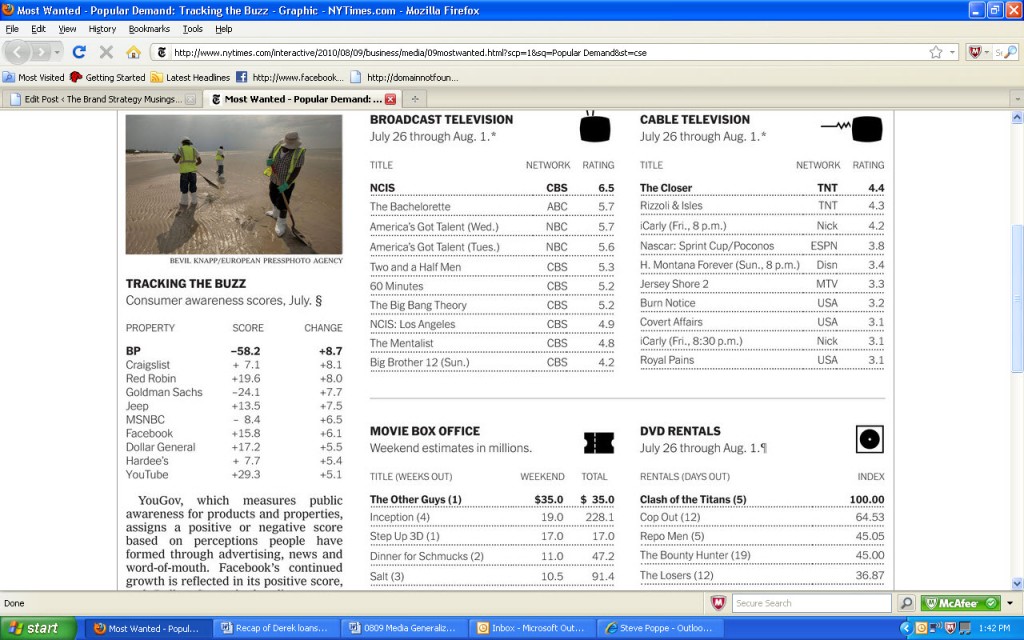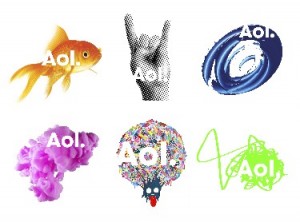Digital Publishing Heroes.
Where’s the thought leadership in digital publishing?
Magazines on iPads and other to be developed mobile devices are a nascent commercial endeavor. At no time before have we had an opportunity to thread together storytelling with text, pictures, video, authorship and curation as have today. If you think ad agencies haven’t figured out the silo-ization of marketing commerce, what about magazines and newspapers?
Once magazines were glossy and delivered weekly or monthly. Newspapers were matted on inexpensive newsprint and more likely a daily, immediate vehicle. Today, digitally, they’re the same animal. And they publish and update with a simple click.
When it comes to the information architecture, screen layout, art direction, usability, bounce-ability, brutally honest copy editing and the integration of advertising, who is leading the way? To whom do we turn as we try to systematize the new digital publishing business? Mssrs. McGraw and Hill? Mr. Sulzburger? Ms. Huffington? Mr. Zuckerberg? Ms. Bartz? Mr. Droga? Mr. Arrington?
When hiring, one of my favorite interview questions is “Who are your heroes?” Well, it will be very interesting to watch the heroes emerge in digital publishing as we move toward a multidimensional platform. Do you have any nominees? Peace.




